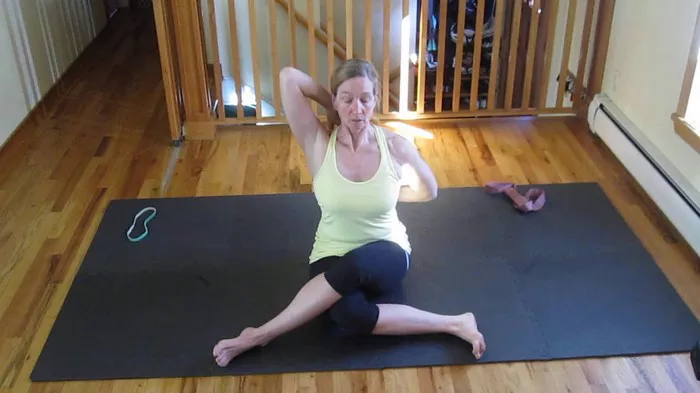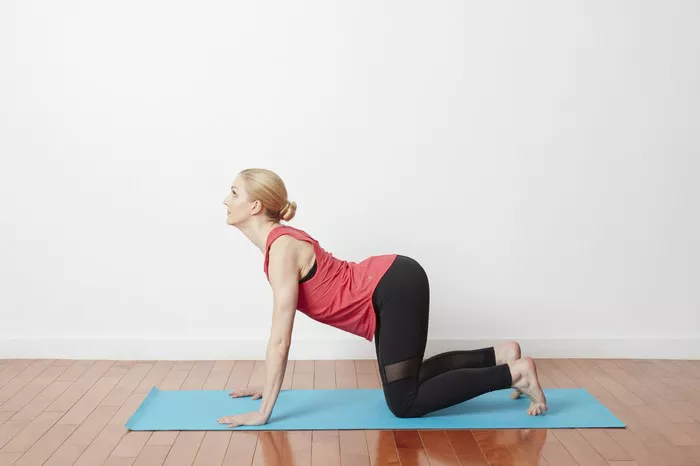Yoga is a transformative practice that brings physical, mental, and emotional benefits. However, even seasoned practitioners can experience muscle soreness after an intense session. To help alleviate this discomfort and ensure a quicker recovery, here are ten effective ways to relieve soreness after yoga.
1. Hydration is Key
One of the simplest and most effective ways to combat muscle soreness is to stay hydrated. Water helps to flush out toxins and lactic acid that build up during physical activity, reducing muscle stiffness and promoting faster recovery. Make it a habit to drink water before, during, and after your yoga sessions. Adding a slice of lemon or a splash of electrolyte-rich coconut water can further enhance hydration.
2. Incorporate Gentle Stretching
While it might seem counterintuitive to stretch sore muscles, gentle stretching can actually help reduce muscle tension and improve flexibility. Post-yoga, opt for mild stretches that focus on the areas that feel most sore. Hold each stretch for 20-30 seconds without pushing to the point of pain. Gentle stretches like child’s pose, cat-cow, and seated forward bends can be particularly soothing.
3. Use Foam Rollers and Massage Tools
Foam rolling is a form of self-myofascial release that can help break up adhesions and scar tissue in the muscles, leading to reduced soreness and improved flexibility. Use a foam roller to gently roll over the sore areas, applying more pressure as tolerated. Similarly, massage tools like massage balls or sticks can target specific muscle groups for more focused relief.
4. Apply Heat Therapy
Heat therapy can help relax muscles and increase blood flow, promoting healing and reducing soreness. Applying a heating pad or taking a warm bath can provide immediate relief to sore muscles. For an added benefit, consider adding Epsom salts to your bath. The magnesium in Epsom salts can help reduce inflammation and ease muscle cramps.
5. Try Cold Therapy
Cold therapy, or cryotherapy, involves applying ice packs or cold compresses to sore muscles. This can help reduce inflammation and numb pain, providing temporary relief. Use a cold pack wrapped in a towel and apply it to the affected area for 15-20 minutes at a time. Alternating between heat and cold therapy can also be effective for managing soreness.
6. Prioritize Proper Nutrition
Nutrition plays a vital role in muscle recovery. Consuming a balanced diet rich in protein, healthy fats, and complex carbohydrates can help repair muscle tissue and reduce soreness. Foods high in antioxidants, such as berries, leafy greens, and nuts, can also help fight inflammation. Additionally, incorporating anti-inflammatory foods like turmeric, ginger, and omega-3 rich fish can further aid in recovery.
7. Practice Restorative Yoga
Restorative yoga is a gentle practice that focuses on relaxation and recovery. It involves holding passive poses for extended periods, often supported by props like bolsters and blankets. This practice can help calm the nervous system, reduce muscle tension, and promote overall relaxation. Incorporating a restorative yoga session into your weekly routine can be a great way to alleviate soreness and prevent future muscle fatigue.
8. Get Adequate Rest and Sleep
Rest and sleep are crucial for muscle recovery. During deep sleep, your body goes into repair mode, rebuilding and strengthening muscle tissue. Aim for 7-9 hours of quality sleep each night, and consider taking short naps if needed. Creating a relaxing bedtime routine, limiting screen time before bed, and ensuring a comfortable sleep environment can all contribute to better rest and recovery.
9. Stay Active
While it’s important to rest, staying moderately active can also help reduce soreness. Engaging in low-impact activities like walking, swimming, or gentle cycling can increase blood flow to the muscles and help flush out toxins. This type of active recovery can prevent stiffness and promote faster healing. Listen to your body and choose activities that feel comfortable and manageable.
See Also: Top 10 Sexy Yoga Poses
10. Consider Professional Massage Therapy
Sometimes, professional intervention can make a significant difference. A skilled massage therapist can target specific areas of tension and soreness, using techniques that promote muscle relaxation and improved circulation. Regular massage therapy sessions can help prevent chronic muscle tension and reduce the frequency and severity of post-yoga soreness.
Conclusion
Muscle soreness after yoga is a common experience, but it doesn’t have to be a painful one. By incorporating these ten strategies—hydration, gentle stretching, foam rolling, heat and cold therapy, proper nutrition, restorative yoga, adequate rest, staying active, and professional massage therapy—you can effectively manage and reduce soreness. Remember, the key to a sustainable yoga practice is listening to your body and giving it the care and attention it needs to recover and thrive.
Related topics:



















